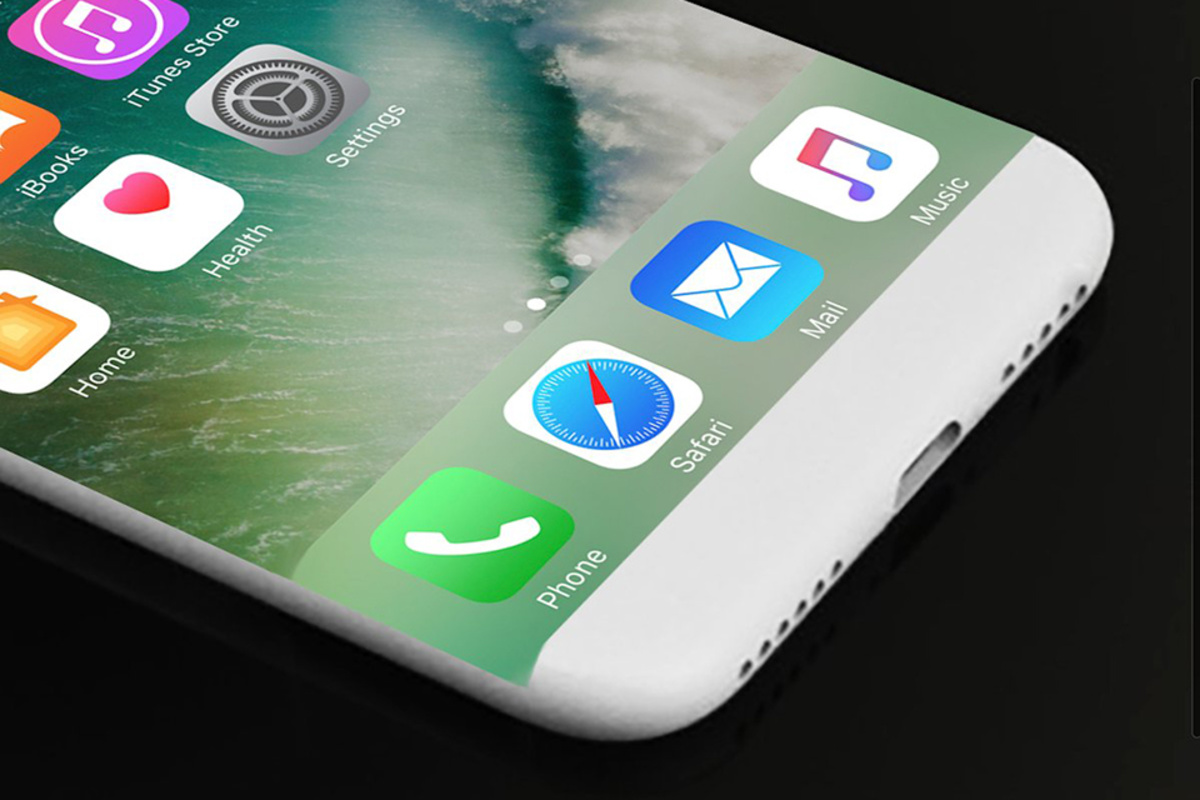In the recent past, there have been a lot of rumors and leaks about iPhone 8 and its OLED panels. The new flagship iPhone will be the first generation to use OLED technology. Samsung, so far the only supplier of OLED panels for this year’s iconic iPhone, is gearing up for mass production for Apple’s much anticipated iPhone 8.
Samsung will be operating all seven OLED lines in August exclusively for Apple’s iPhone 8. The company started to inspect all its seven lines over the past few weeks to ensure nothing goes wrong when the mass production begins. The supply of OLED panels is said to increase from 15,000 panels per month to 105,000 panels per month, which seems to be a big jump in its production capacity.
If Samsung keeps all the production lines at maximum capacity with full yield, it can produce 130 million 5.8-inch iPhone screens per year. Since the manufacturing of OLED is difficult, industry watchers believe that the yield rate for iPhone 8 will be at 60 percent at a maximum, though the company is focused on a 100 percent yield. Due to this, different sources confirm that there might be a delay in supply of OLED panels, resulting in a launch delay for iPhone 8; others say that it will be released in limited numbers to begin with.
There are rumors that Sharp and LG are to eventually join Apple’s supply chain list. Several sources have confirmed that LG will enter Apple’s OLED supply chain in 2018, and Apple has already invested $2.6 billion into LG display. Another source reveals that LG will produce 10 – 20 percent of the display needs for upcoming iPhones in 2019, and is likely to increase by 2020.
Apple might have felt the need for a second supplier for the panels due to the significant jump in requirement, and to overcome manufacturing delays. LG is also planning to invest in its own new facility, and is also partnered with Foxconn Subsidiary General Interface Solutions, which specializes in the back end; and LG is known for its front end – the combination will significantly boost iPhone OLED panel out rate.
Thanks for visiting. Please support us on social media: Facebook | Twitter



